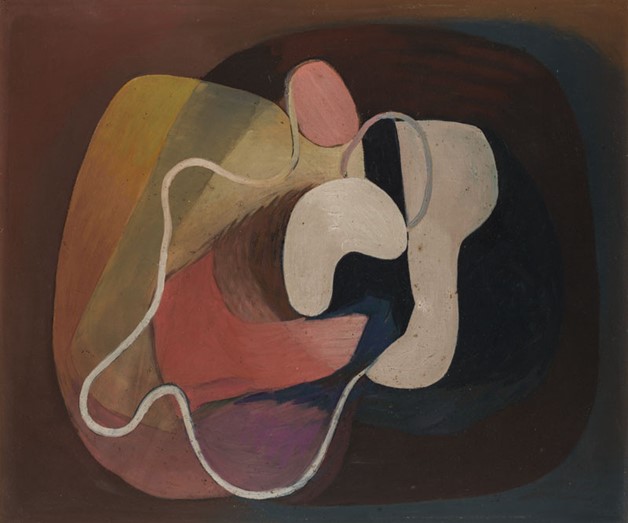On June 9th, the
painter František Foltýn (1891 Královské Stachy – 1976 Brno) was born 130 years
ago. After completing his studies at the School of Applied Arts, which were interrupted by
World War I, Foltýn joined the Košice Modernism association that united artists
the likes of Anton Jasusch and Konstantin Bauer. In Košice, alongside painting,
he also created stage set designs and in 1922 he hosted his first exhibition at
Salon Rembrandt. That same year he became a founding member of the Group of Visual
Artists in Brno (SVU Brno). A dynamic tension between shape and colour was
particularly manifested in his southern Slovak landscape paintings that show a
persisting influence of Paul Cézanne. Between 1924–1934 Foltýn lived and worked
in Paris where he attended the Académie Julien and Académie de la Grande
Chaumière. There he was inspired by the art of Fernand Léger, but also of František Kupka whose lectures that
included literature and philosophy he frequented. Foltýn’s interest gradually
shifted towards abstraction, which is attested by his engagement in the art groups Cercle et Carré and Abstraction-Création.
His compositions based on forms reduced to geometric and biomorphic patterns,
are often complemented by thin lines which, together with structure and an
effective colour scheme, endow Foltýn’s paintings with a sense of deep space. The
oeuvre of František Foltýn forms part of the National Gallery’s permanent
exhibition 1918–1938: The First Czechoslovak Republic. During your visit you
are invited to follow the advice of the art critic Jean Cassou who, with
respect to Foltýn’s paintings, suggests that one should “observe them for a long time and immerse in their sulphurous and stormy
haze.”




